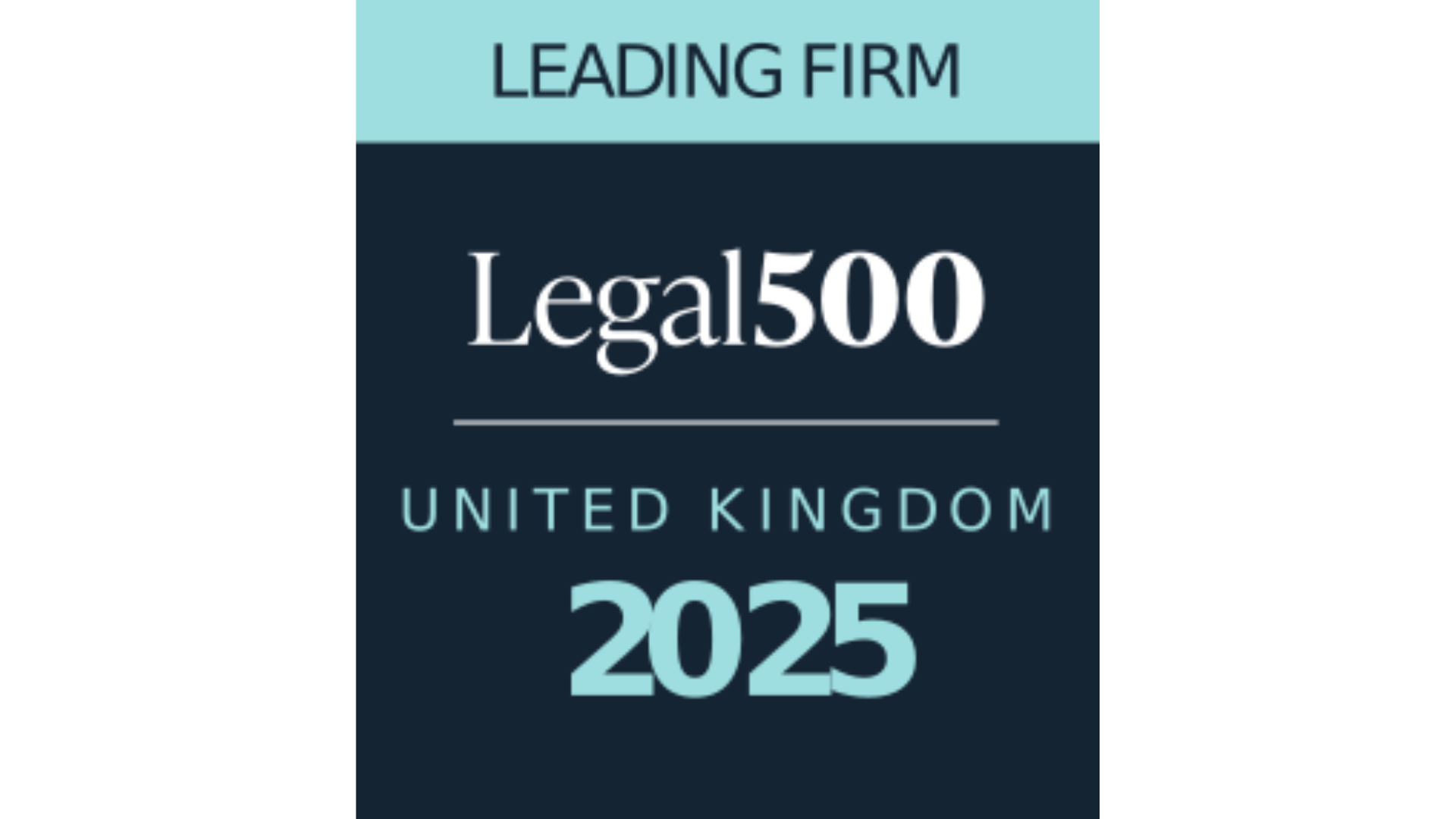Healthcare Scanner
Start-ups & IP, a case study: SleepCogni
January 2022
Using SleepCogni as a case study, we look at some key ways that IP can help start-ups to develop their technology and secure investment. SleepCogni is a SleepTech start-up who have developed a ground-breaking treatment for insomnia that allows users to control their wind-down process using a unique handheld medical device and platform. Through a combination of trade marks, registered designs and patents SleepCogni have built an IP portfolio that protects their core innovations, which has supported their growth and helped to secure investment.
SleepCogni
SleepCogni was founded with the objective to rid people of sleeping tablets, and to do this they developed a ground-breaking treatment for insomnia that allows users to control their wind-down process and improve sleep. The treatment combines a handheld device to provide users with an immediate sleep aid whilst simultaneously collecting data to provide informed insight for clinical intervention, including CBT-I.
In clinical trials SleepCogni’s device and therapy significantly reduced insomnia complaints compared to a placebo – users improved from Clinical Insomnia to Non-Clinical Insomnia within just 7 days. On the back of this success SleepCogni has raised £1.4m ($2m) to scale the business to commercialise into the US market, with the potential to help over 70 million insomnia sufferers.
IP overview
IP is the creative output of a company, and increasingly accounts for the majority of the value of businesses. Proper management of IP ensures that the value is captured within the business, and protecting IP creates barriers to entry for potential competitors and can thereby support business objectives and increase company value.
For start-ups, a good place to begin is with an IP strategy. It doesn’t have to be long, but a good IP strategy will identify IP that is key to commercial success and provide a plan to manage and protect it in a way that supports the business’ objectives. Below we discuss some early considerations for key registered IP rights (patents, trade marks, registered designs). However, start-ups should also consider unregistered IP rights such as trade secrets and know-how, copyright (particularly where software is involved), database rights, and others.
Patents
Patents protect technological innovations and for start-ups, the aim of a patent portfolio should be to deter potential competitors from even contemplating launching a competing product, and to make it easier for larger companies to buy you or invest than compete against you. In doing this the patent portfolio would clearly support the business’ aims and prove its value to investors and, depending on the commercialisation plan, potential licensees. As demonstrated below, a start-up’s first patent application is key, and further applications can help to build a portfolio and increase the deterrent effect.
The first application
For innovative start-ups the opportunity often exists to file a broad first patent application to secure a monopoly over the innovation that provides the market benefit, and not limit the application to a particular technical solution. If the first patent application can cover off the innovation then it could effectively provide a monopoly over that particular market, rather than being limited to any particular implementation. This is of utmost importance because there is only one opportunity to file the first patent application and gain that effective market monopoly.
Fitting with this, SleepCogni’s first patent application was directed to the concept of implementing their wind-down process in a device and the resulting granted patents effectively provide a monopoly over any implementation of SleepCogni’s wind-down process by any kind of device. This really underpins the business plan because SleepCogni and their stakeholders know that potential competitors will find it difficult, if not practically impossible, to offer a device that provides the same wind-down process. The grant of this first patent also validates its innovativeness and shows investors and stakeholders that SleepCogni have something unique.
Building a patent portfolio
Following the first patent application, the aim of subsequent applications should be to build a portfolio directed to technical innovations that make the device the best on the market. This may be more specific details on how the device operates or ancillary features that support the main innovation. At this stage it is important to focus on features that really improve the market value of the product, not neat technical features that might easily be worked-around.
In this way, even if the first patent application proves to be invalid or if a competitor finds a work-around, the subsequent patent applications will protect the best way of realising the innovation and put competitors in a disadvantageous position.
For SleepCogni, subsequent patent applications have been directed to more specific features of the device, and ancillary devices that are used with the main handheld device. The further patent applications have been targeted at features that provide unique advantages for users of SleepCogni’s wind-down process and the gathering of relevant data, thereby further strengthening the barriers to entry around SleepCogni’s product.
Trade marks
Trade marks protect brands, including names and logos. For a start-up, brand recognition can be a very important aspect of any business plan and which could ultimately generate revenue or encourage investment. Coming up with and designing a brand is a costly and timely process, so it is important for any business including start-ups, especially where budgets are limited, to protect their brands to prevent others from copying or using something similar.
For any company starting a new brand, it is important to determine that the name is free and clear to use and register prior to adopting the brand. This is where clearance searches are recommended. There are a number of different levels of searches with varying degrees of detail. The aim of the searches is to avoid the risk that once the brand is launched, another company comes out of the woodwork claiming to own the rights to that name/logo etc and ultimately try to prevent the use and registration of the brand. Trade marks are territorial which means that it is necessary to file separate applications in the countries of interest. This means that clearance searches should also be conducted in the countries of interest (where known) prior to the launch of the brand. This is to help avoid the situation, where you are stopped from using or register the brand in one country but free to use and register in other countries.
When it comes to filing a trade mark application plain word marks offer the broadest scope protection so where possible it is good to obtain a registration for the plain words. However, it is important to register the trade mark in the way that it is going to be used, i.e. colour, format, stylisation etc so if the intention is to always use it in a certain colourway or with a distinctive logo, this should also be protected. This is exactly what SleepCogni did. They use the words SLEEPCOGNI on their own and alongside a Cog Brain logo element. They have obtained protection for both trade marks separately to strengthen their protection.
Registered designs
Registered designs protect the appearance of a product, rather than the function, so are very useful at protecting devices that have unique aesthetics. In the UK and EU a registered design is not examined before being registered, so the validity and scope of protection offered can be unclear. However, this means that the risk of infringement is also unclear to potential competitors, who may therefore be deterred from making something similar looking. As registered designs are relatively easy to obtain it is usually a good idea to file registered designs that cover the appearance of the device or user interface, and this is exactly what SleepCogni did.
Key lessons
The SleepCogni case study demonstrates the value of thinking about IP from an early stage, to head off any issues and to obtain an IP portfolio that supports business objectives.
For patents, the most important consideration is to identify the key underlying innovation that provides market value and look to protect that, and to avoid focussing too much on the technical implementation favoured at the time. For trade marks, it is important to identify what the brand is and what elements of that brand you want to prevent others from copying. Brand recognition can play a big part in the success of a start-up so it is important to try to protect the brand, by way of a trade mark application, prior to the launch of the brand where possible. If a start-up has a device or user interface then registered designs can be relatively easily secured and add to the barriers to entry for potential competitors to consider.
The combination of these IP rights gives SleepCogni protection over how their product works, what it looks like, and what branding it is sold under. Together, this leaves little space for competitors to offer something similar and that is what supports the business plan and helps to attract investment.
This article was prepared by HGF’s Patent Director Scott Fletcher and Trade Mark Attorney Rebecca Grant.































